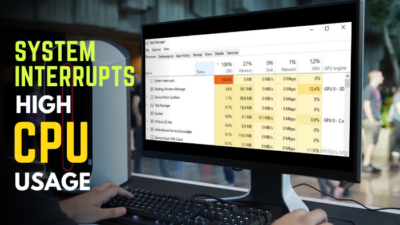The CPU is hardly accessible to any usual users, and breaking it is an unusual event to perform. A CPU is not fragile to break apart easily.
However, I stay alert while dealing with a processor to ensure safety. Since the CPUs come from AMD have sensitive pins beneath that are casually bendable.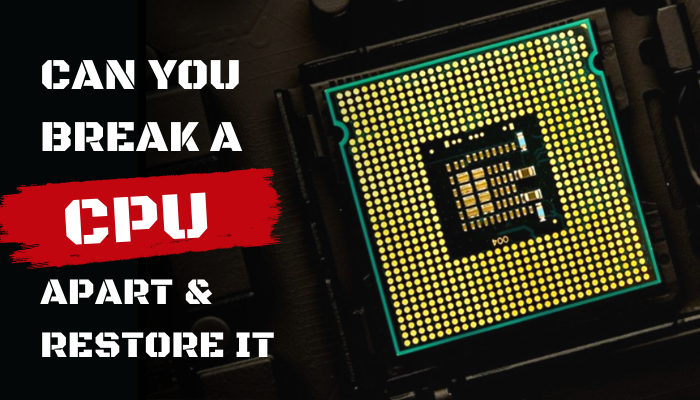
So let’s briefly discuss the cases of breaking CPUs with the possible outcomes and caution.
Is it Possible to Break a CPU Without Damaging it?
Nothing is easy until you learn it properly. Hence, breaking a CPU is clearly not a day-to-day task. Even a tech head will think more than twice about performing such an operation.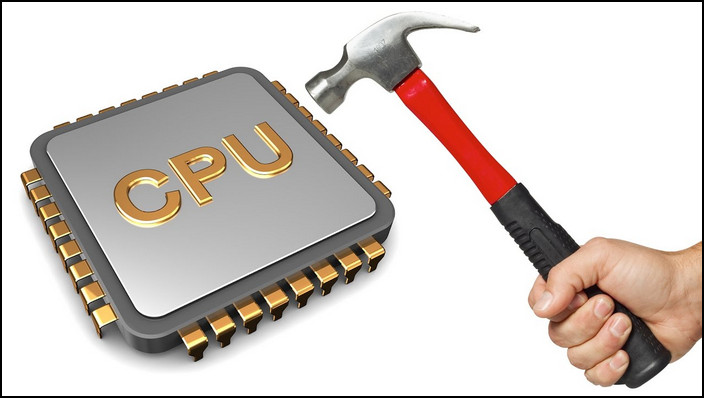
However, if you’re wondering, why a PC dismantle sounds so risky?
It’s confusing when People address the whole computer as a CPU.
To be more specific, If you are thinking about tearing down your Computer part by part, the answer is一Yes it’s usual.
People often tear down their PC to clean components like CPU properly, which is necessary to keep your system performing well.
You can repair your CPU without damaging other computer parts, by following the proper instruction. Or you can keep an expert friend or person while disassembling your PC for the first time.
On the other hand, if you are thinking of breaking your processor into pieces you must be very cautious, knowing the CPU may wrack.
Although it’s possible to break a CPU, expert hands are recommended extremely with specific conditions. Only then you’ll be able to perform a safe break-off.
Why & When Does Breaking a CPU Make Sense?
In certain cases, you can break into your CPU (Processor) to perform some extreme operations that usual people aren’t aware of. This kind of operation is known as Deleading.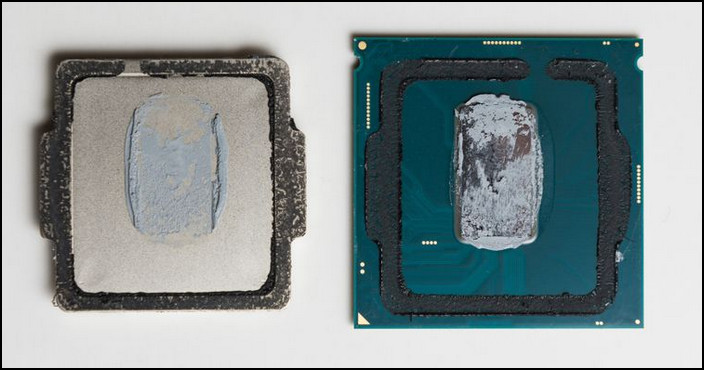
If your CPU is failing or dead, even an adequate CPU cooler is still unable to cool it down the high heat when there is a chance your CPU-Die isn’t properly connected to the heat spreader.
Almost all CPUs automatically perform a thermal shutdown at high temperatures, leaving your system unresponsive or unusable. You can perform deleading if no other options are left to eradicate the heat.
Other than that, your CPU might have a high-temperature issue, which is retaining your PC from performing well.
However, if you accidentally buy and identify a DOA CPU (Death on Arrival), your seller should replace it as long as you didn’t break it.
Which CPUs are Easily Breakable, Intel or AMD?
I wonder how desperate the brands try to keep their products standing out from their rivals. Such practice often brings disaster, as some products become unusable for users.
The computer processor market is a place for flexing between the only competitors, AMD & Intel. Since they are distinct brands with similar products (CPU), it’s natural that processors from AMD will be different from the processors from Intel.
Socket exception is a fundamental difference they follow. Intel has been manufacturing their CPUs as LGA socket compatible for quite a long. PGA socket-based CPUs became the signature build form of AMD.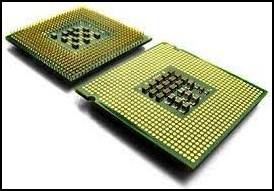
However, AMD 7000 series CPUs rolled to LGA Socket design as it’s clear to users that PGA isn’t convenient in the matter of durability.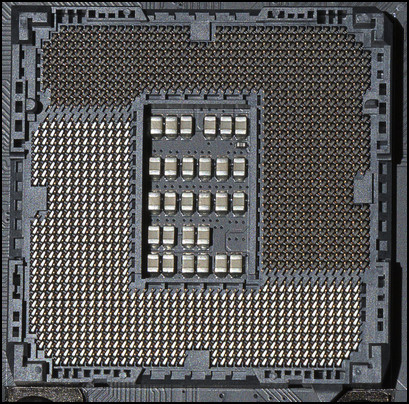
This indicates there are differences between LGA and PGA in build quality, and LGA is the clear winner.
But what if you determine to break your CPU (Processor)?
Since Intel & AMD are choosing similar approaches to build their CPU, it’s better if I explain things from Socket’s perspective.
LGA (Land Grid Array) Sockets hold the processors with a flat surface, so the LGA processors are relatively sturdy and less vulnerable. If you drop the CPU from hand to the floor or a small height, you can’t break or damage the CPU to junk. Breaking an LGA CPU requires a large force.
On the other hand, PGA(Pin Grid Array) Sockets hold the processors with sensitive pins underneath. It’s easy to damage a PGA processor with a simple drop that can bend your CPU pins. In the worst case, you’ll possibly break pins or spikes, leaving the CPU as worthless trash.
Note: Not each pin of the PGA CPU is obligatory to perform or work flawlessly. If you accidentally broke one or several pins, there is a chance that those pins have alternate pins for backup. So, don’t throw away a pin-broken CPU, it’s worth a check if it’s still usable.
What are the Reasons for CPU Damage While Deleading?
Let me consider you as an expert individual, as you are about to delead your CPU. Or you are with a helping hand to assist you. Before you start the process, you must pay heed to some precautions.
Or else you may damage your working CPU to death. Dare to avoid any caution, you may fail for your own mistake.
Here are some possible causes that can damage your CPU while Deleading:
- Ensure the safety of the pins of PGA CPUs before any other step. Or else, pins can be bent or break easily during the deleading process.
- Select the right die frame for the specific CPU Socket model.
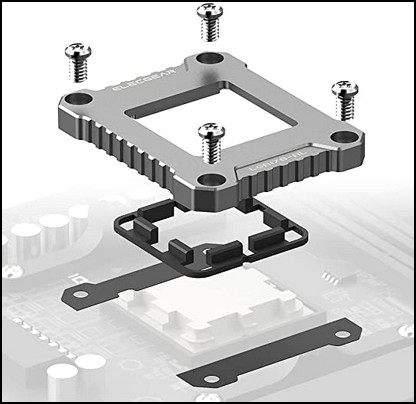
- Use an Anti-Static wristband, because the static discharge can fry sensitive CPU die.
- Impose the right amount of force on the exact spot, or you may break the CPU die instead of pulling the heat spreader.
- Use high-quality liquid metal between the heat spreader and CPU die surface to acquire the most thermal transportation.
- Align the heat spreader and CPU die perfectly, or it won’t fit into the motherboard socket.
After finishing the deleading procedure, check your CPU if it’s running well & the temperature is controlled on a stress test.
FAQs
Can you break a CPU by touching it?
Initially, you can’t break the CPU by touching it only. However, AMD’s PGA CPUs have sensitive pins that are easy to bend or break.
What damages a CPU?
Electricity overflow and uncontrolled OC settings can damage the CPU. A faulty PSU is responsible for the electricity overflow.
Is it OK to stress the CPU?
Stressing a CPU is common for testing purposes. Although stress tests can rise CPU temperature, it’s safe because of the CPU’s built-in thermal shutdown feature.
Can a CPU be repaired?
Repairing a dead CPU is nearly impossible for usual users. Even the manufacturer avoid the such complicated thing.
Final Verdict
Wild ideas like breaking into CPUs require absolute excellence of handwork with specific knowledge since the processors are built sturdy, which is hard to break.
You should only think of this in very precise conditions. If you are determined already to do so, cautions are substantial.
Queries you are craving are shareable through this comment box below. We’ll be happy to serve the questions you ask.



